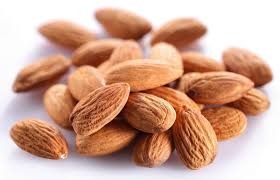The two major types of cinnamon used in food preparation are Cassia and Ceylon cinnamon. Ceylon cinnamon is considered “true cinnamon” and over 90% of it comes from Sri Lanka.
THE PROBLEM WITH CASSIA
Unfortunately, Cassia is that it is one of the largest sources of coumarin in our modern day diets. Coumarin is a toxin that occurs in nature and can be toxic to the liver. Coumarin is also a potential carcinogenic. Studies have shown that a child consuming Cassia cinnamon in oatmeal (or any other food) just 3 times a week is already exceeding the safe exposure level.
It can become toxic for adults if they are consuming it in several of their foods as well.
There is no need to panic, but as always, I recommend avoiding foods that cause liver toxicity. If we aren’t mindful of the cumulative effect of various foods, herbs, spices, and other substances which have a toxic effect on the liver, we are more likely to experience liver damage.
Our livers are already so burdened by things beyond our control, that I believe it to be wise to limit liver-toxic substances to the extent we DO have control.
So go ahead and add some CEYLON cinnamon to your Tulsi tea, your nut milks, your oatmeal! I love the Frontier Organic CEYLON cinnamon sticks (available on Amazon) for the freshest cinnamon! Ceylon is much softer than cassia, and the sticks melt easily in your mouth and can be very quickly powdered in a coffee/nut grinder. As shown in the photo above, Ceylon cinnamon sticks are much softer, and appear more like rolled cigars. If you prefer your cinnamon already powdered, Frontier also makes a powdered version. Other organic brands include Indus and Starwest Botanicals. Check iherb and Amazon for resources. Powdered Ceylon is much lighter in color than Cassia. Be aware, if your cinnamon does not specify Ceylon on the bottle, it is Cassia. Manufactures who are selling Ceylon clearly state so on the bottle, as it is more expensive.
If you want more info, here are some resources:
http://www.ncbi.nlm.nih.gov/pubmed/22761548
http://www.ncbi.nlm.nih.gov/pubmed/19700797
Woehrlin F, Fry H, Abraham K, et al: Quantification of flavoring constituents in cinnamon: high variation of coumarin in cassia bark from the German retail market and in authentic samples from indonesia. J Agric Food Chem 2010, 58:10568-10575
Abraham K, Wohrlin F, Lindtner O, et al: Toxicology and risk assessment of coumarin: focus on human data. Mol Nutr Food Res 2010, 54:228-239.










